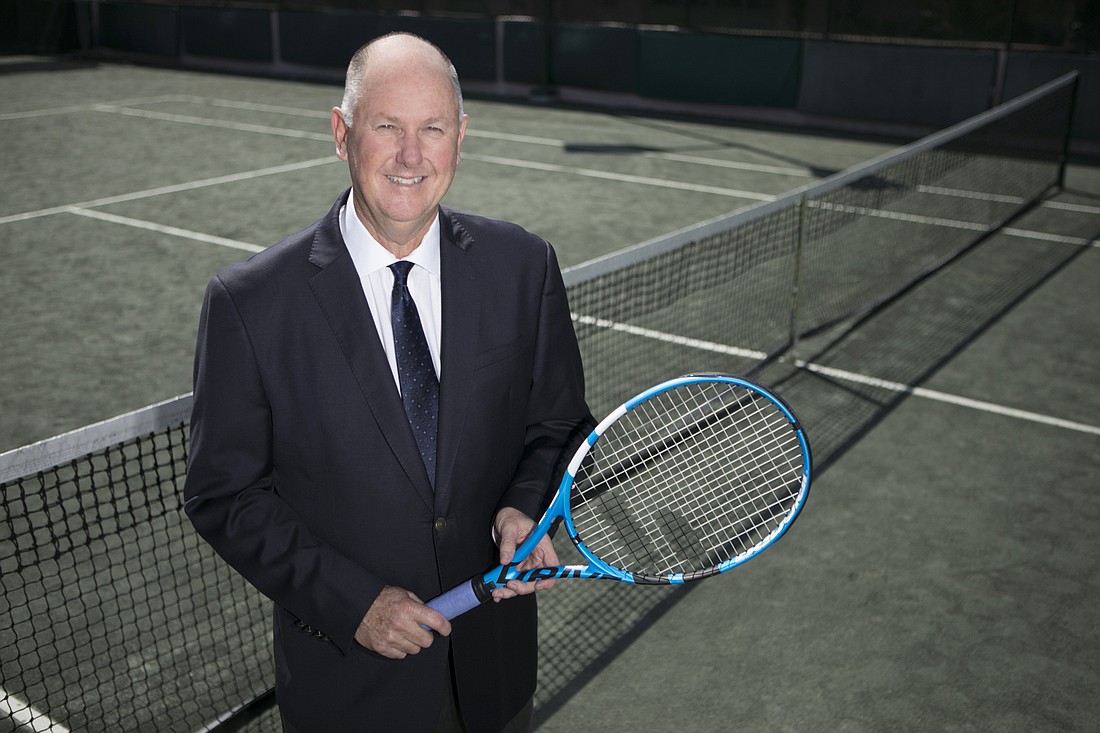- December 18, 2025
-
-
Loading

Loading

Steve Simon doesn’t flinch when confronted with an online sports news story from January, published around the Australian Open, which refers to him as a “radical figure” in tennis.